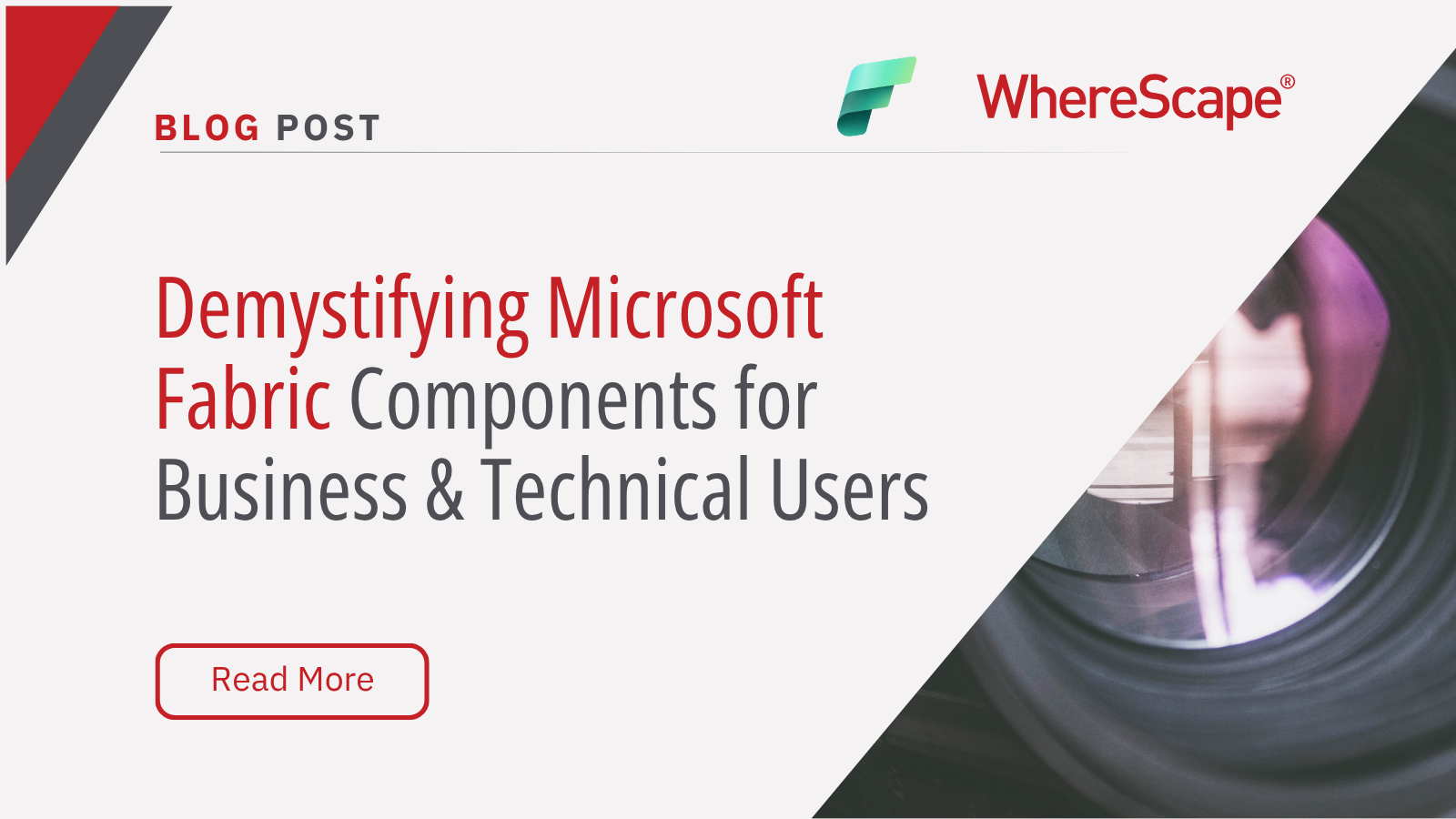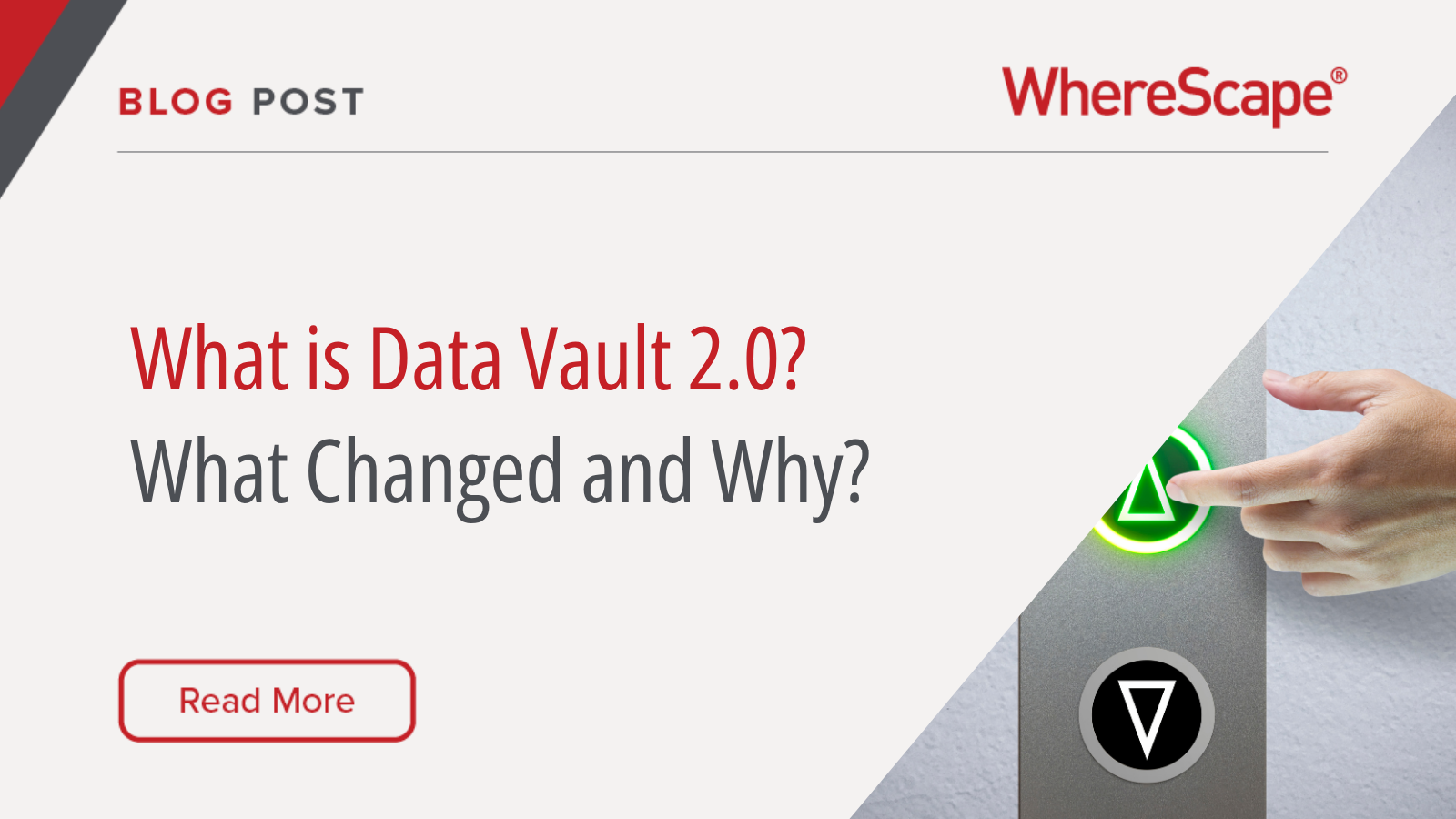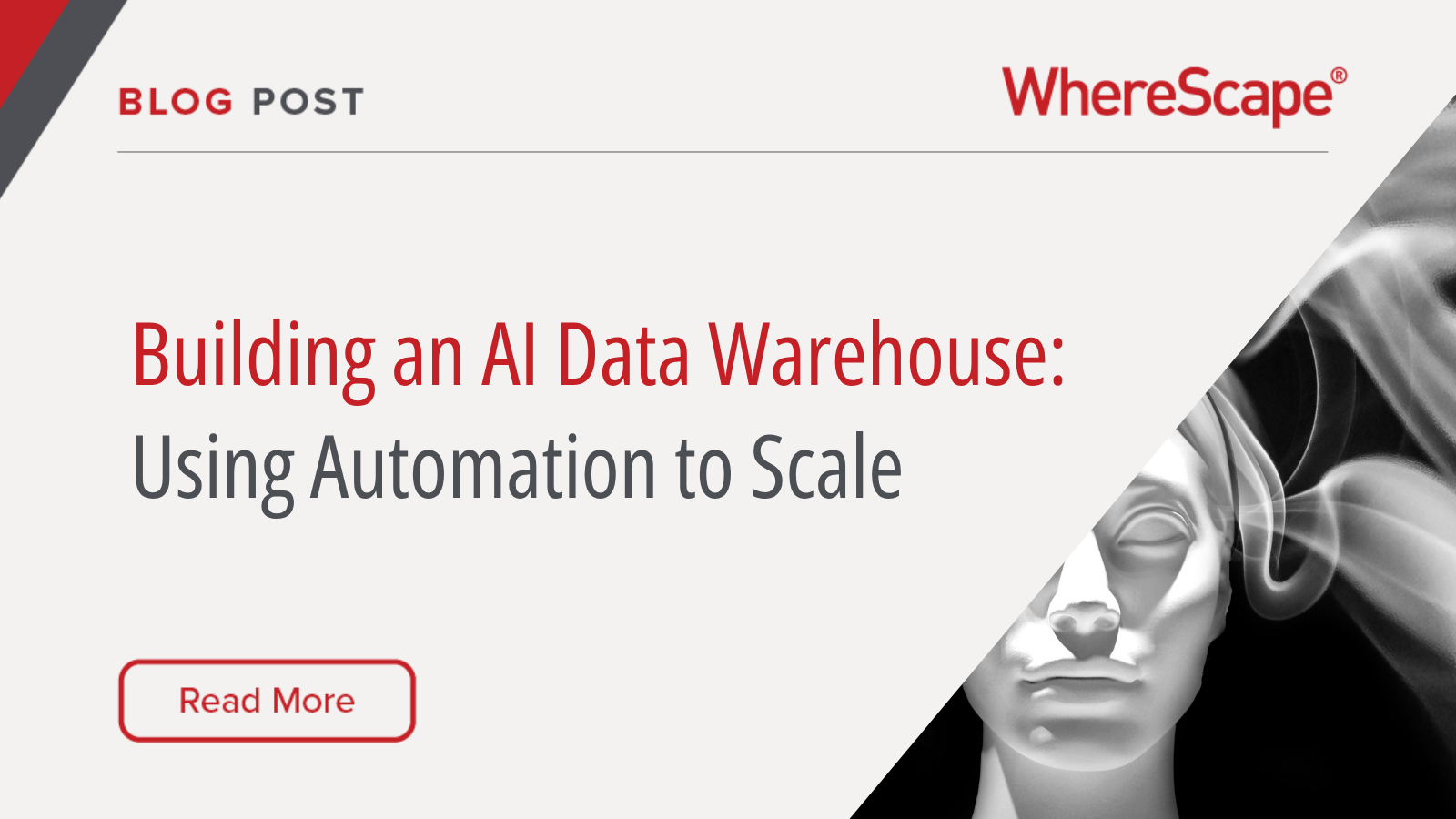Microsoft Fabric is rapidly becoming the go-to solution for enterprises aiming to consolidate their analytics processes under a single comprehensive platform. However, understanding the full scope and function of its components can initially seem daunting to both technical and business stakeholders.
This blog aims to clearly demystify the key components of Microsoft Fabric—OneLake, Data Factory, Fabric Warehouse, Power BI, and Microsoft Purview—and illustrate how they collectively enable seamless analytics.
OneLake: The Unified Data Foundation
OneLake serves as the foundational data storage within Microsoft Fabric, often described as “OneDrive for data.” This centralized data lake provides a single logical storage location for all analytics data, greatly simplifying data management across large organizations. With OneLake, data is stored in open formats such as Delta, ensuring compatibility across various analytics engines like SQL warehouses and Spark clusters. This approach eliminates redundancy and reduces complexity, enabling efficient collaboration across departments. For instance, different teams can access and analyze the same datasets without creating separate copies, ensuring data consistency and reliability across the organization.
Fabric Data Factory: Streamlined Data Integration and Transformation
The Fabric Data Factory is Microsoft’s cloud-scale data integration and ETL/ELT tool within the Fabric ecosystem. It simplifies the often cumbersome process of moving and transforming data. Featuring a user-friendly, low-code interface, Fabric Data Factory allows users to quickly build and automate data pipelines from numerous sources, including databases, SaaS applications, and real-time streams. Its advanced features, such as “Fast Copy,” enhance data ingestion speed significantly, enabling organizations to rapidly populate their analytics environments. For example, businesses can quickly integrate transactional data from sales platforms directly into OneLake for timely and accurate analysis.
Fabric Warehouse: Advanced Data Warehousing
The Fabric Warehouse component transforms traditional data warehousing through a modern, lake-centric approach. Integrated within OneLake, Fabric Warehouse merges the scalability of data lakes with the structured querying performance of traditional warehouses. It leverages a distributed SQL engine capable of handling complex transactions and queries at scale, minimizing the need for manual performance tuning. The tight coupling with OneLake ensures data used in analytics and reporting remains continuously updated and consistent. As a result, business analysts and data scientists can perform sophisticated analyses without concerns about outdated or redundant data.
Power BI: Real-Time Insights and Visualization
Microsoft’s flagship business intelligence tool, Power BI, is deeply integrated within Microsoft Fabric, serving as the primary visualization and semantic modeling layer. Users can build advanced semantic models directly within Fabric workspaces, enabling business-friendly analytics and visualization. With Fabric’s Direct Lake mode, Power BI can access data directly from OneLake without intermediate storage or duplication, ensuring real-time insights and faster report generation. This capability significantly reduces data latency and improves responsiveness, essential for enterprises that rely on up-to-date analytics to make critical decisions quickly.
Microsoft Purview: Robust Governance and Data Lineage
Microsoft Purview forms the governance backbone of the Fabric platform, integrating seamlessly to provide comprehensive data cataloging, governance, and lineage tracking. Purview automatically gathers metadata from various Fabric data assets, maintaining an extensive catalog that is easily searchable and governed. With Purview’s robust data lineage tracking capabilities, organizations can trace data flows end-to-end—from initial ingestion through transformation and finally to visualization in Power BI dashboards. This visibility supports compliance efforts, risk management, and ensures trustworthiness in data used across the organization.
Practical Examples: Fabric in Action
Consider an enterprise aiming to analyze customer behavior and optimize marketing strategies. With Fabric, raw customer interaction data can be ingested rapidly into OneLake via Fabric Data Factory. Fabric Warehouse then structures this data efficiently, facilitating in-depth analysis by data scientists and analysts. Power BI connects directly to this warehouse via Direct Lake mode, providing marketing teams immediate access to insights through interactive dashboards and reports. Meanwhile, Purview ensures that every step is documented and governed, providing complete visibility into data lineage, enhancing compliance and auditability.
Conclusion: Simplifying Analytics with Microsoft Fabric
The integration and synergy of these components—OneLake, Data Factory, Fabric Warehouse, Power BI, and Purview—define Microsoft Fabric’s power as an end-to-end analytics solution. Technical teams benefit from simplified infrastructure management and streamlined workflows, while business stakeholders gain rapid, reliable, and governed access to insights. Microsoft Fabric not only simplifies analytics but also positions organizations to more effectively leverage their data, driving informed decisions and strategic business growth. Are you clearer on how the many components of Fabric work together in unison? If you have more questions, get in touch.
About the Author
Patrick O’Halloran is a Senior Solutions Architect at WhereScape with over two decades of experience in data warehousing and analytics. He works with global organizations to implement automated data infrastructure using WhereScape RED and 3D, helping teams scale their data operations efficiently and reliably.




